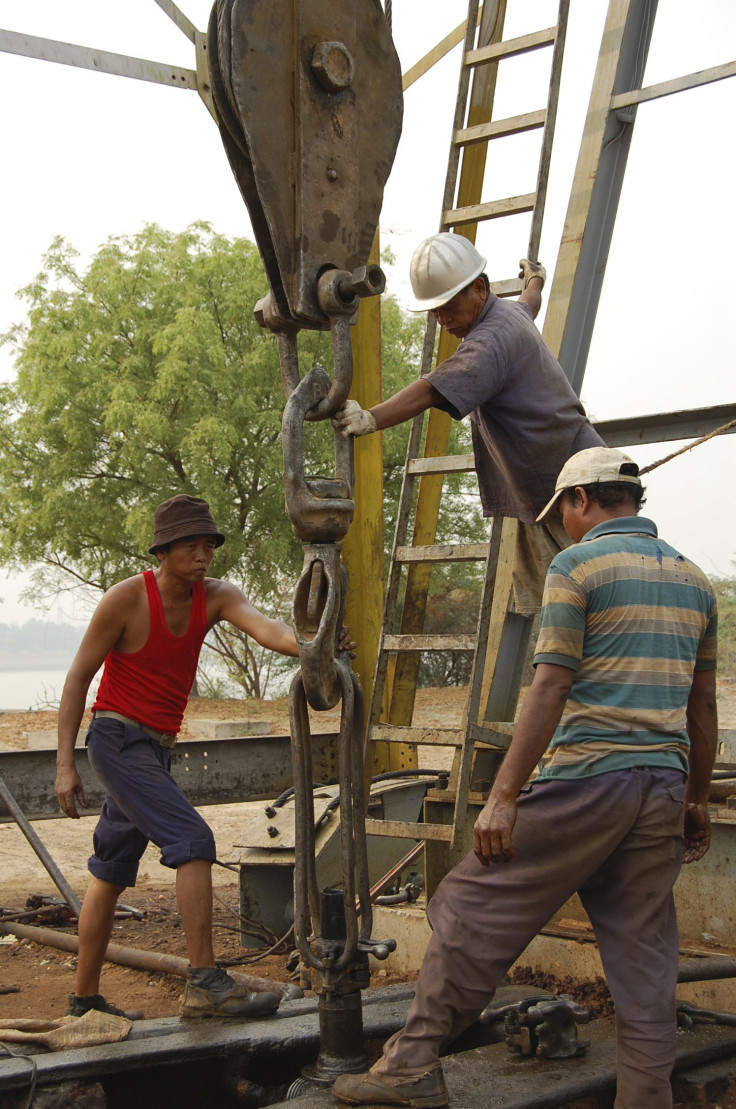Myanmar's Energy Sector Must Develop Rapidly To Keep Up With Its Economic Growth

Myanmar’s newly open economy may have earned the country the status of the next global investment darling, but one hurdle stands in the way of Myanmar’s growth: its lack of stable energy. Electricity is only available to 25 percent of the country’s population currently. If foreign investors like Telenor and Ooredo, the companies that were awarded the coveted telecom licenses, are to make headway in Myanmar, that number will have to grow fast.
The country has a number of other challenges, such as the need for an independent judiciary and property rights, corruption and the lack of human capital, but a dependable supply of electricity is listed by domestic and foreign businesses as the greatest stumbling block, according to Invest Vine, a news portal that covers Southeast Asian business opportunities.
Myanmar is actually well-endowed in energy resources. It has 7.8 trillion cubic feet of proven natural gas reserves, worth about $75 billion at current UK benchmark prices, according to Bloomberg Businessweek, accounting for 1.9 percent of known deposits in Asia. It also boasts of four main rivers that could potentially provide 100 gigawatts in hydropower, only 10 percent of which is being tapped.
Myanmar holds the 34th position in the global energy reserves ranking and is one of the five major energy exporters in Southeast Asia, but most households in the country still rely on timber as a primary source of energy, according to Invest Vine.
“Myanmar’s energy sector has suffered from decades of underinvestment,” Stephen Groff, vice president of the Asian Development Bank for South Asia, said. In addition, the government has committed to economic and political reforms.
The country is now identifying ways to exploit its natural resources, in order to supply for the projected rise in energy demand, as foreign companies pour into its market. The two largest dams in Southeast Asia are located in Myanmar, but both projects have been put on standby, due to the controversy over the displacement of indigenous people.
The government is also creating free trade zones, Invest Vine says, so that it can assure investment protection and favorable tax regimes.
While the energy sector is beginning to attract considerable foreign investment, Myanmar still lacks an effective legal framework that could bring investment and technology to the country.
“Unless Myanmar’s own policy frameworks are robust and reliable, the country needs deep macro-economic policies and institutions, as well as an effective taxation regime, if Myanmar wants to attract foreign investors,” U Myint, chief economic advisor to President Thein Sein, said.
The new national energy policy is a step in the right direction. The policy has identified four main goals to go along with Myanmar’s economic and political development: energy independence, wider use of new and renewable sources, energy efficiency and conservation, as well as the promotion of alternative fuels, Invest Vine reports.
The contribution of energy and mining to Myanmar’s GDP is projected to expand to $21.7 billion by 2030, from $8 billion in 2010, according to Bloomberg Businessweek. At the time, Myanmar’s total GDP was just over $54 billion.
© Copyright IBTimes 2024. All rights reserved.





















